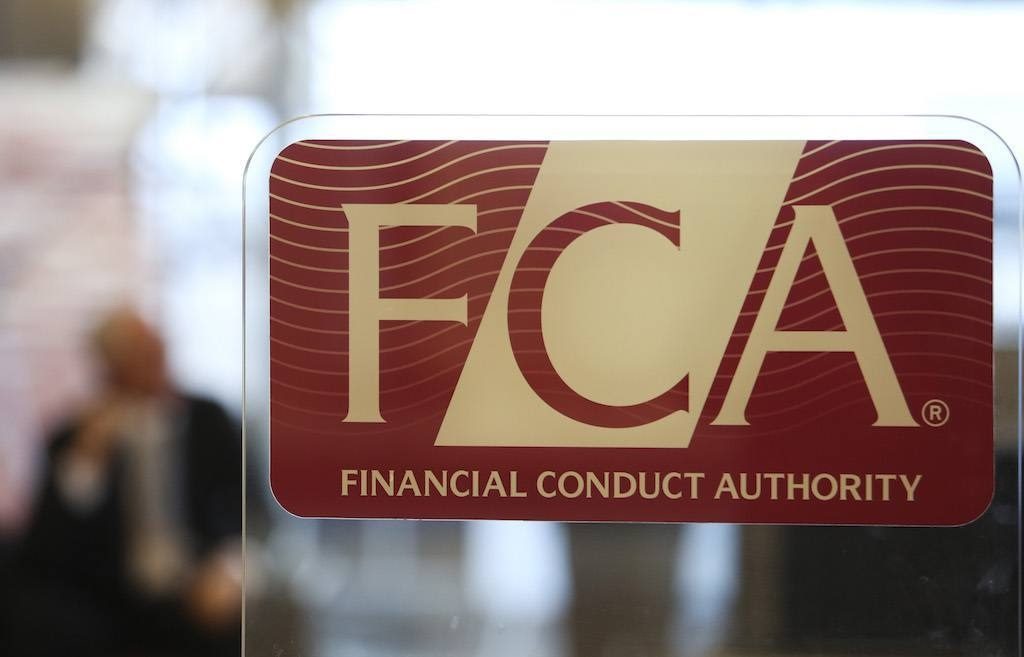The UK Financial Conduct Authority (FCA) continues to see instances of possible flying and printing in several markets, including fixed income, commodities, and currencies in instruments such as bonds, swaps and options. This has included entering prices in dark markets to generate orders in lit markets.
Flying involves a firm communicating to its clients, or other market participants, via screen, instant message, voice or other method, that it has bids or offers when they are not supported by, or sometimes not even derived from, an order or a trader’s actual instruction.
Printing involves communicating, by one of the above methods, that a trade has been executed at a specified price and/or size, when no such trade has taken place.
These activities create a false impression of a financial instrument’s liquidity and / or price. As a result, investment decisions of clients and other market participants may be based on misleading information. This might cause financial harm to those participants, as well as undermine the integrity of, and confidence in, the market.
Such behaviour may breach various provisions of the law, including Article 12.1.a(i) of the UK Market Abuse Regulation and / or Sections 89 and 90 of the Financial Services Act 2012 (Misleading impressions), and well as sections of the FCA’s Handbook.
The FCA has also seen cases of management failing to deal with this behaviour in a robust and timely way, including:
- failing to recognise the risks of flying & printing;
- failing to implement appropriate surveillance;
- failing to submit suspicious transaction and order reports, or market observations, relating to flying or printing;
- taking a long time to investigate potential misconduct.
To mitigate the risks of the harms caused by flying and printing firms may want to:
- Ensure compliance manuals prohibit flying and printing, and that annual attestations of compliance are obtained. Senior management should ensure that they effectively communicate their expectations on culture and compliance to policy.
- Ensure that training includes the nature of and the prohibition of flying and printing and the consequences of such behaviours. Firms may also want to consider enhanced training for desks considered to be higher risk.
- Take all steps to assure themselves that surveillance procedures to identify and report flying and printing are robust, and that the behaviours are considered in risk assessments. Factors to be considered could include properly targeted surveillance to identify spread compression, order cancellation rates, order to trade ratios, and the lexicons embedded in e-comms surveillance systems.
- Ensure that disciplinary procedures offer clear and consistent processes for dealing with misconduct, and that commercial interests are not drivers of outcomes.
The regulator warns that it will not hesitate to intervene when it suspects behaviour detrimental to confidence in, and the fairness of, UK markets.









